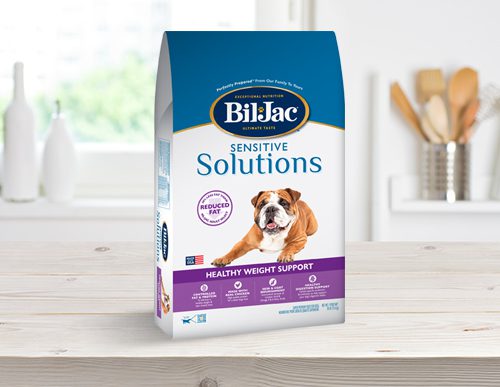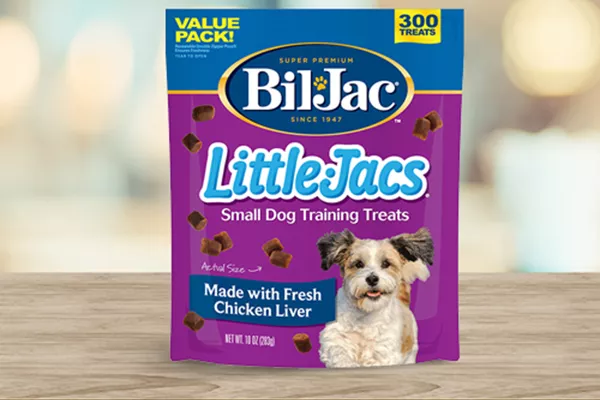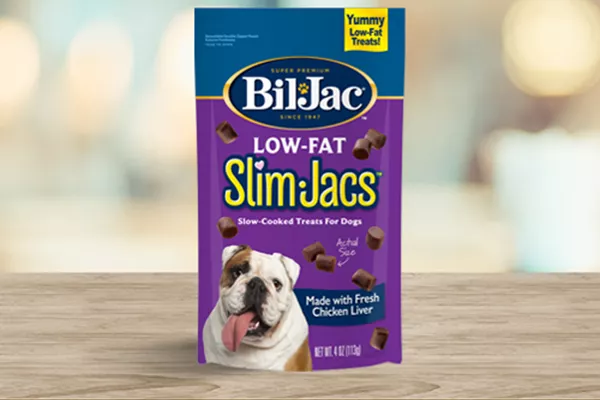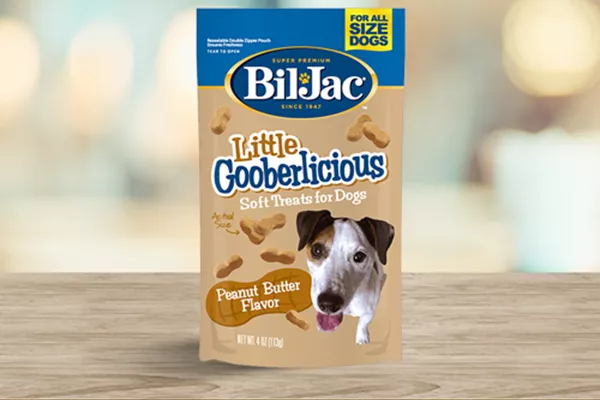As a loving pet parent, you want to do whatever you can to help your best friend be happy and healthy. However, one of the largest health challenges dogs face is something that often goes unnoticed by pet parents until it becomes a serious problem – obesity.
According to the Association for Pet Obesity (APOP), 59% of dogs are overweight or obese, and only 17% of pet parents are aware that their furry friends have a weight problem. This post will explore the dangers of obesity in dogs, how to recognize it, and what pet parents can do to help their best friend maintain a healthy weight.
What is Dog Obesity?
A dog becomes obese when they have an excessive amount of body fat. This extra body fat is commonly associated with different health issues, most notably weight gain. While the basic concept of obesity is simple, pinpointing when a dog is truly obese can be a bit more nuanced.
There is no universally accepted definition of obesity for pets, as some organizations use a different baseline to separate dogs that are overweight from those that are officially obese. APOP defines obesity as when a dog is at least 30% above body weight to give pet parents an easy method to determine if their dog is obese.
Dangers Associated with Dog Obesity
A few too many extra pounds can make a major difference in the quality of your best friend’s life. Research shared by the American Veterinary Medical Association found that obesity can shorten a dog’s lifespan by more than two years.
There are several different health problems associated with obesity. Psychology Today reports that obesity increases your dog’s risk for a wide variety of issues, including:
- Heart disease
- Hypertension
- Osteoarthritis and a faster degeneration of affected joints
- Certain cancers
- Diabetes
- Liver disease or dysfunction
- Lower immune system function
- Heat intolerance
- Respiratory problems (difficulty breathing)
- Joint problems
- Decreased stamina
Causes of Obesity in Dogs
Canine obesity can sneak up on a pet parent. Many don’t realize it is happening until it is a problem. Obesity is often caused by a slow, steady weight gain that is gradual enough that it can go unnoticed. There are several factors that can cause your dog to become obese.
- Overfeeding: Many pet parents simply give their dog more food than they need. Avoid free-feeding or eyeballing measurements to maintain proper portions.
- Too many treats: Treats should make up no more than 10% of a dog’s daily caloric intake.
- Not enough exercise: Like humans, dogs need regular physical activity to maintain a healthy weight.
- Health issues: Joint problems and other health issues can contribute to weight gain.
- Age: Older dogs can gain weight as they become less active and have less energy.
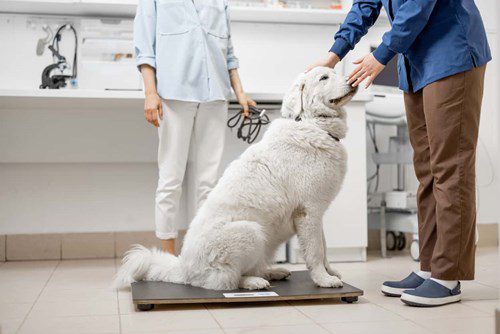
Are Some Dogs More Prone to Obesity Than Others?
While all dogs can become obese, certain breeds have a higher likelihood of gaining more weight than others. Studies shared by the National Library of Medicine indicate that certain breeds are more prone to obesity than others.
The breeds with the highest obesity rates include:
- Labrador Retrievers
- Cocker Spaniels
- Dachshunds
- Dalmatians
- Rottweilers
- Golden Retrievers
- Beagles
- English Bulldogs
- Pugs
- Shetland Sheepdogs
How to Tell if Your Dog is Obese
Whether you’re worried your dog is obese or not, it’s good to know for sure. APOP uses a Body Condition Score (BCS) system to help pet parents judge whether their dog is underweight or overweight. This system allows you to see and feel certain parts of your dog’s body to check for different signs that your dog is at a healthy weight. Those parts include:
- Ribs: You should be able to feel your dog’s ribs under a small layer of fat.
- Back/Spine: The vertebrae in your dog’s back should feel smooth and not overly sharp.
- Hips: Hips should be clearly visible and rounded with a layer of fat.
- Abdomen: The abdomen should tuck in slightly below the ribcage and not be overly rounded.
- Waist: You should see a clear waistline and hourglass shape when looking at your dog from above.
Of course, this system is only a guideline instead of an exact science. The BCS is a good test to see if your dog may have a weight problem. If your dog doesn’t quite meet the criteria listed above, it may be time to talk with your veterinarian to get a more accurate assessment of your dog’s health.
What to Do if Your Dog is Obese
If your dog needs to lose weight, it’s time to create a weight loss plan for them. Weight loss requires dedication and care, which is why we’re there to support our pups. APOP offers the following steps for healthy weight loss.
- Talk to a veterinarian to set guidelines for weight loss and rule out any potential medical issues that might contribute to your dog’s obesity.
- Opt for healthy, lower-fat dog food and treats.
- Carefully measure out food portions and consider breaking treats in half to limit overfeeding.
- Get at least 30 minutes of exercise each day.
- Let family and friends know about your dog’s weight loss plan if they’ll ever feed your dog or give them treats.
- Monitor progress over time. Regular weigh-ins can help you know if your dog is on track for healthy weight loss.
- Be patient – healthy weight loss can take time, as dogs shouldn’t lose more than 5% of their total weight each month.
Tips for Preventing Dog Obesity
Even if your dog isn’t overweight, it’s important to take steps to help keep your best friend at a healthy weight. The following measures can help keep your dog from gaining too much weight while still maintaining a nutritious diet.
- Maintain proper portion control: Feed your dog a balanced diet that follows the feeding recommendations included with their dog food and adjust, as necessary.
- Choose dog food that’s right for them: Look for a high-quality food that is formulated for their needs, such as a reduced fat dog food formula.
- Get regular exercise: Ensure your dog gets daily physical activity through walks, play, or other exercises appropriate for their breed and age.
- Healthy treat alternatives: Try limiting treats, breaking them in half, or using a low-fat dog treat to limit calories.
- Regular veterinary check-ups: Annual exams can help catch weight issues early.
A Healthy Weight for a Healthy Future
Obesity is a serious condition but knowing how to recognize the signs and taking proactive steps can help your furry four-legged friend achieve and maintain a healthy weight. With some loving support and good feeding habits, you can help your canine companion live a happy, healthy life.
Want to learn more about how you can help your furry friend stay happy, healthy, and well fed? Sign up for the Best Friends Club for more educational articles, special tips, and members-only discounts on Bil-Jac treats and other products.

